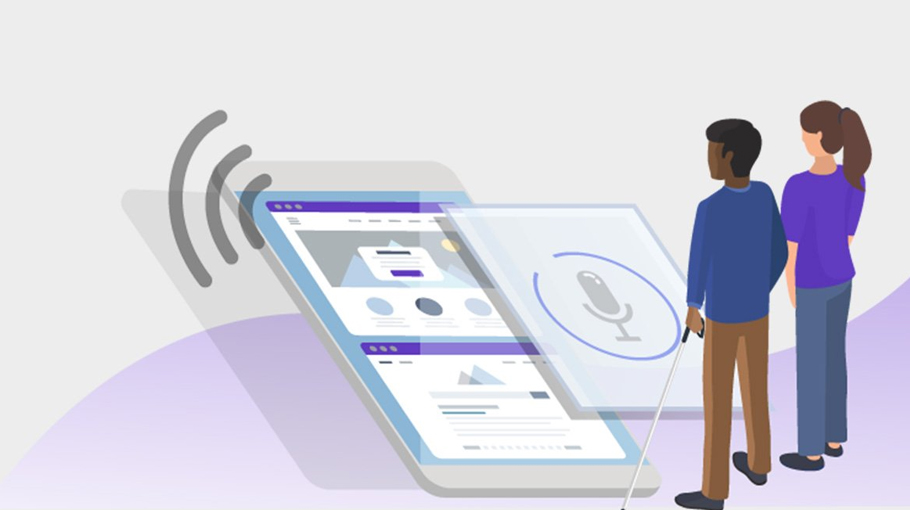Multimedia progs break barrier of sightless teachers

Born with visual impairment, Ummay Tanzila Chowdhury Munia, teacher of Mohsena Model Government Primary School under Patiya upazila of Chattogram district, faced difficulties of teaching students when she joined as an assistant teacher in 2013.
But the digital content development training programme became a ray of light in her profession as she is developing different contents by using a software application called ‘Screen Reader’, a form of assistive technology that renders text and image content as speech or Braille output, for her students to see.
"I made lessons more interesting to my children in class with the help of multimedia. After removing all barriers, I am now spreading the light of education among children even among those who are not visually impaired," said Munia, who did Master’s degree from the University of Chittagong.
Munia mentioned that she always tries to find out the problems and how things can turn out better to the students. “I try to spread among them all that I know about computer or music,” she added.
She teaches students based on Daisy Multimedia Book and by utilizing her training in Information Technology (IT).
Munia informed that she has developed many contents to make study easier for students and out of them, more than ten digital contents developed by her have been uploaded at the Shikkhok Batayon (Teachers Portal- www.teachers.gov.bd, a platform which is created to empower teachers through professional skills development).
“It is a difficult task to collect Braille books . . . when I studied in specialised school, I had to keep waiting for months to collect the books. So we were always legged behind in education from general students,” she mentioned.
But now, she said, they can take students forward through different digital contents.
Munia said that she and her three sisters were born with visual impairment and their parents moved from the village to Chittagong city to educate their daughters.
And now, all of them are highly educated and they are playing a vital role to build an educated nation, she said.
Munia said she assists her three sisters, who are also visually impaired, in learning information technology.
She mentioned that her other sisters also took the digital content development training, which was jointly organised by Teachers' Quality Improvement, a project under the Directorate of Secondary and Higher Education, and a2i, at the Teachers' Training College (TTC) in the capital in 2016.
The a2i is working to unfold the true potential within the government to create remarkable innovations that can ease and improve the lives of citizens. As part of its target to achieve the ‘Digital Bangladesh’ agenda, a2i is organizing the digital content development training programme.
While sharing her experience with BSS, Munia said she has been struggling throughout her life with blindness but nothing could stop her zeal in pursuit of education.
“Disabled persons are not a burden. They can contribute to the society if proper opportunity is provided,” opined Munia, an ‘a2i Leadership Award-2016’ and “Anannya Shirsho Dosh 2015” winner.
Talking to BSS, Project Director of the a2i Dr. Dewan Muhammad Humayun Kabir said there is a huge number of visually challenged people in this country among which a large number of sight impaired students are now studying at various educational institutions.
"It’s very difficult for them to have access to information and attain advanced education since there are no suitable study materials for them in Bangladesh besides Braille books," he added.
He said the software application allows visually impaired people to read texts on the computer screens through speech synthesis.
However, he said, the contribution of the Braille books is incomparable but students depending completely on Braille might face pronunciation problems as well.
Moreover, it is very important to present the study materials to students in an attractive way that will not make learning monotonous and with visually impaired children the task gets more difficult, he added.





